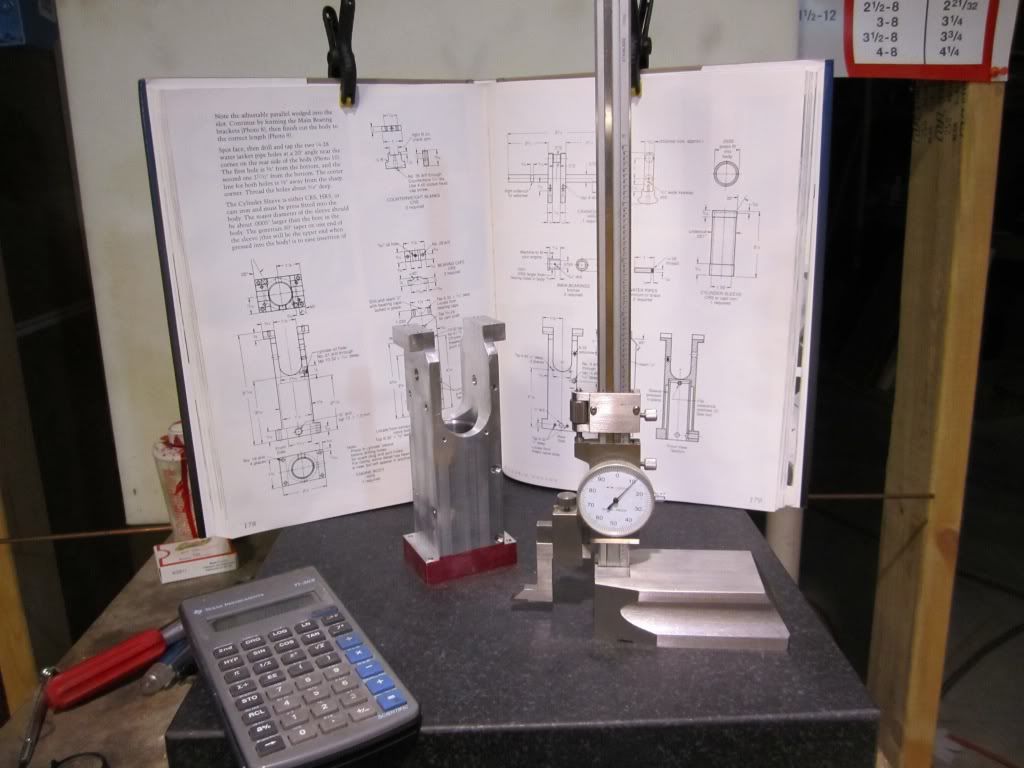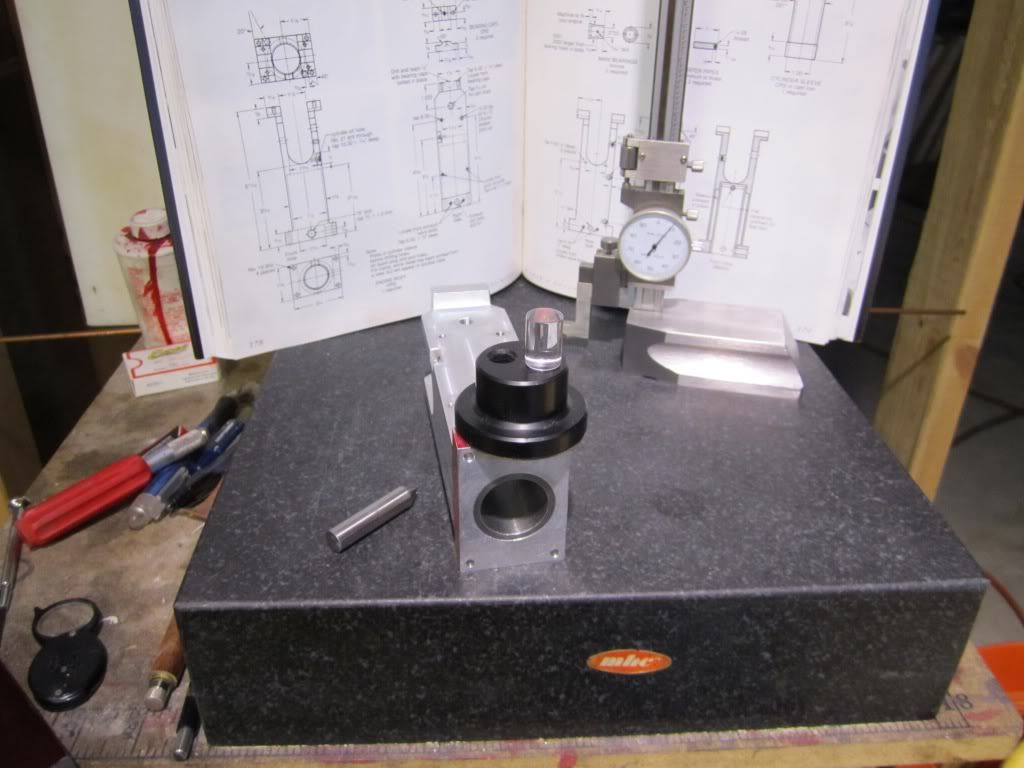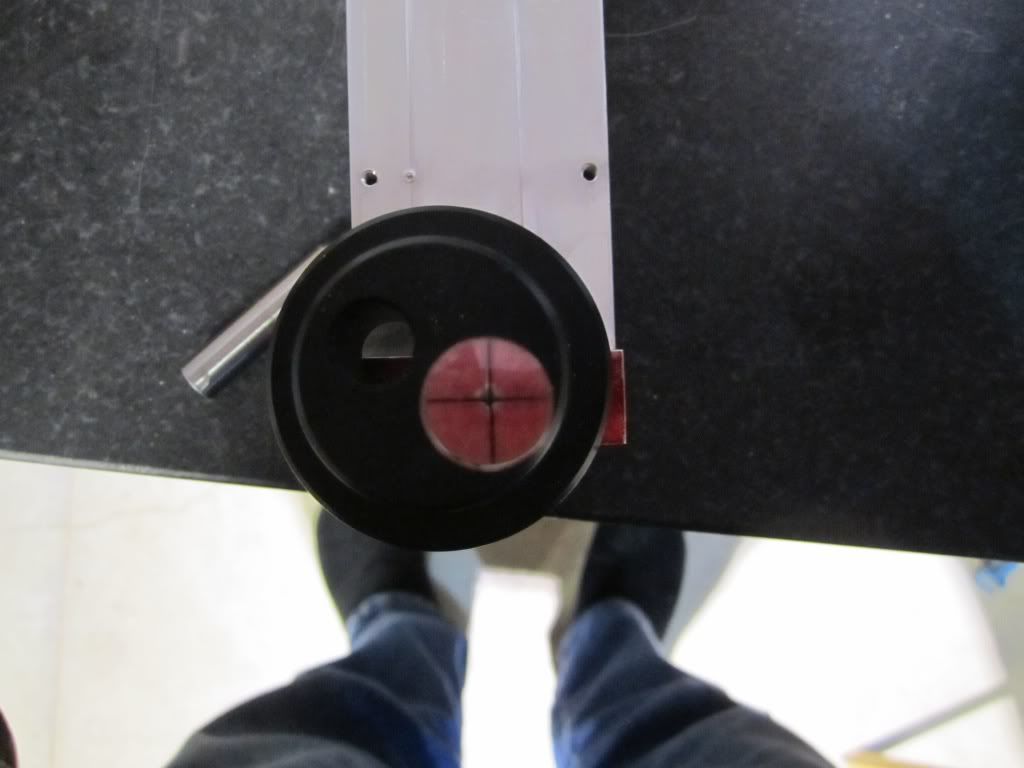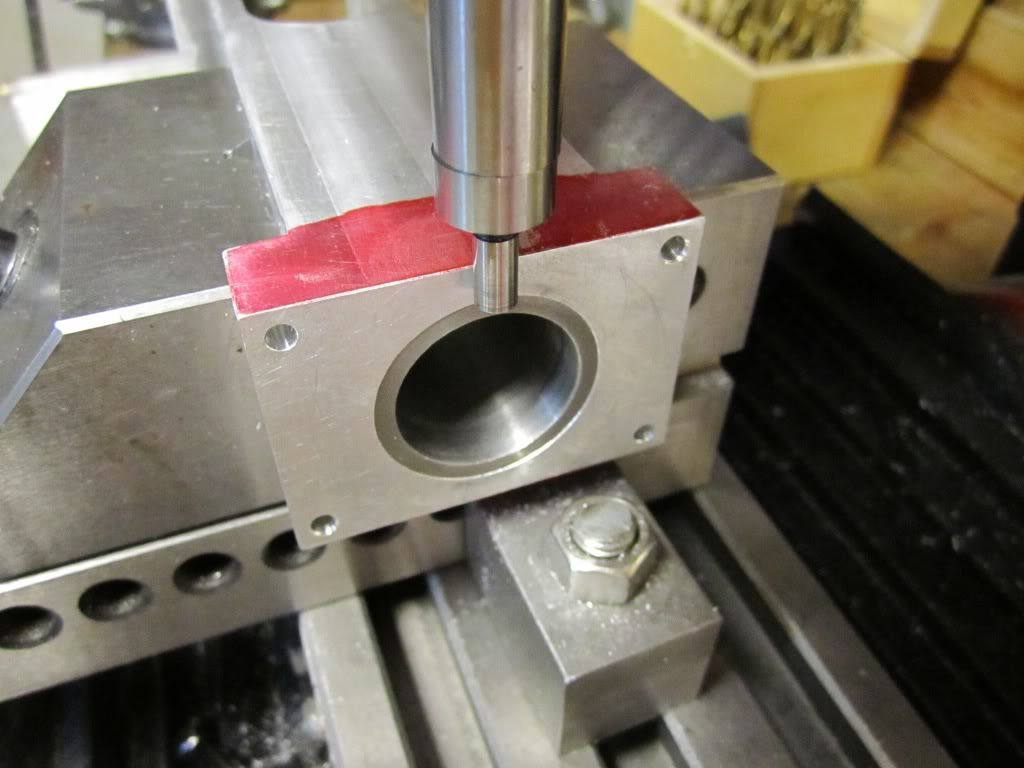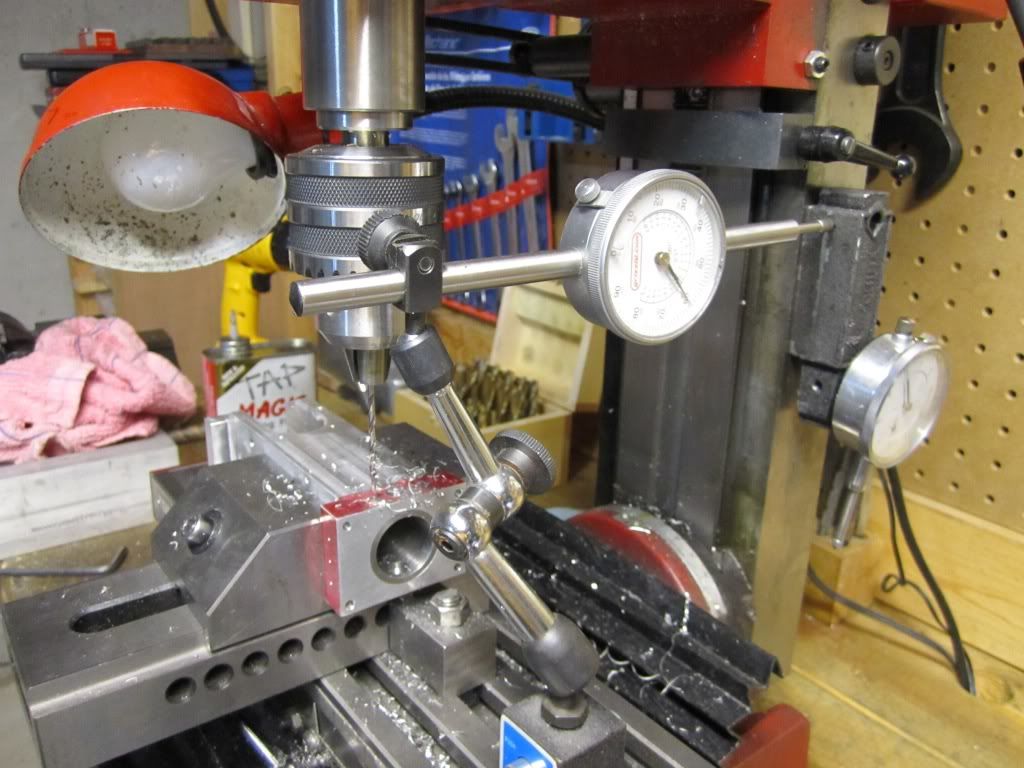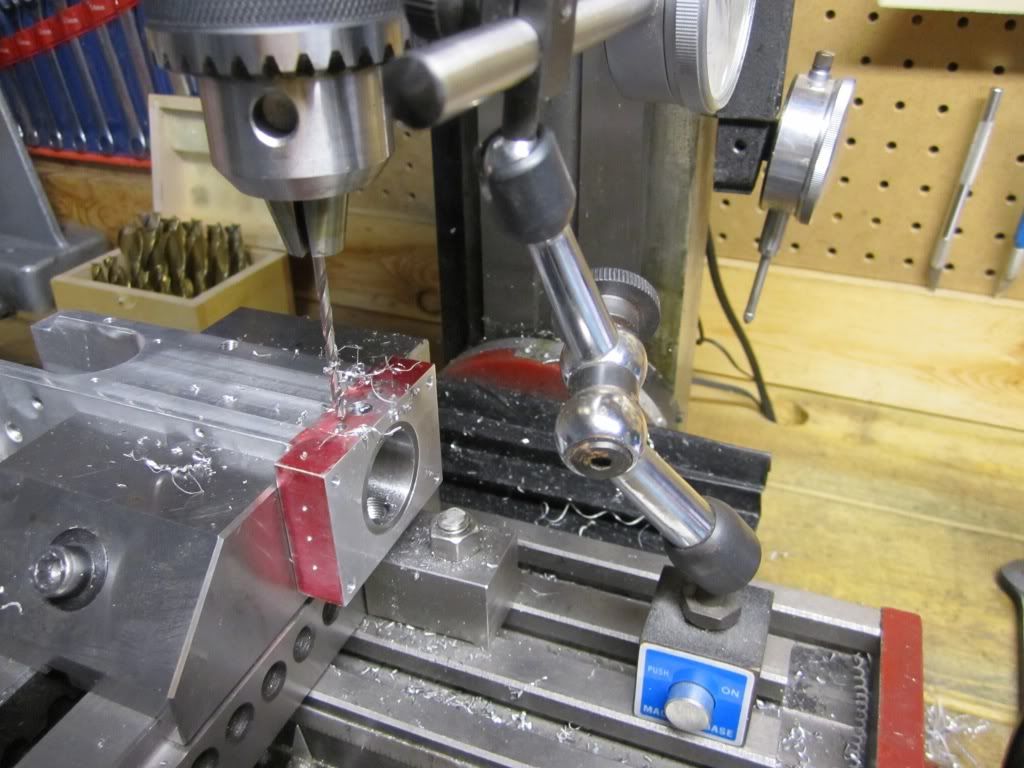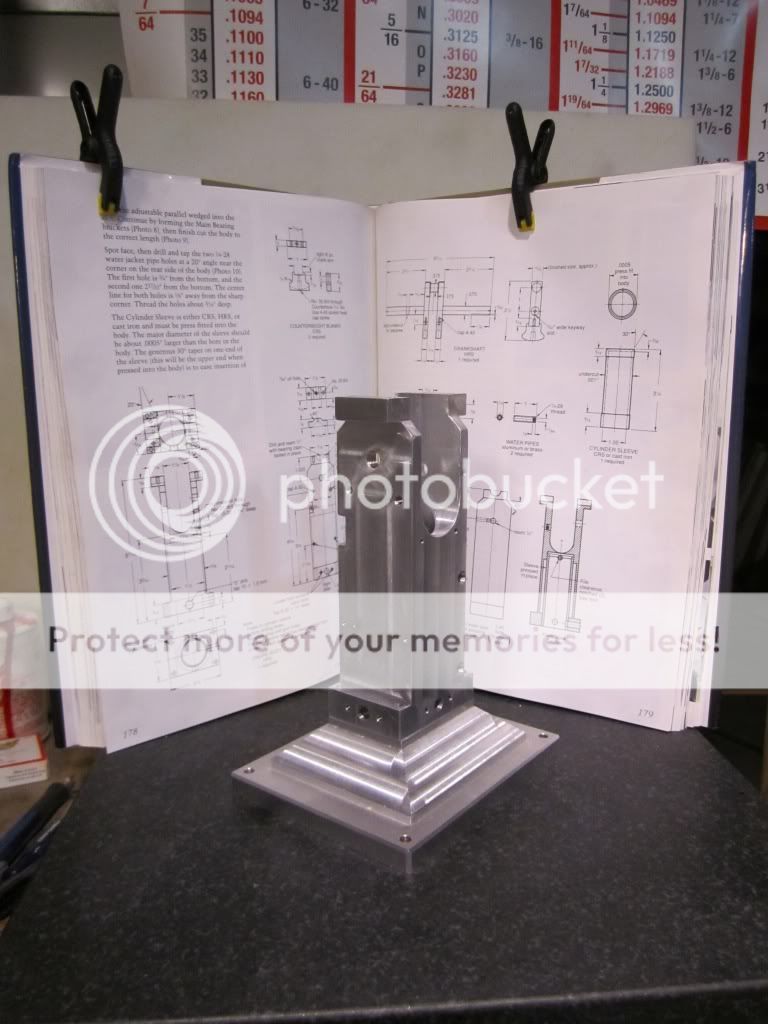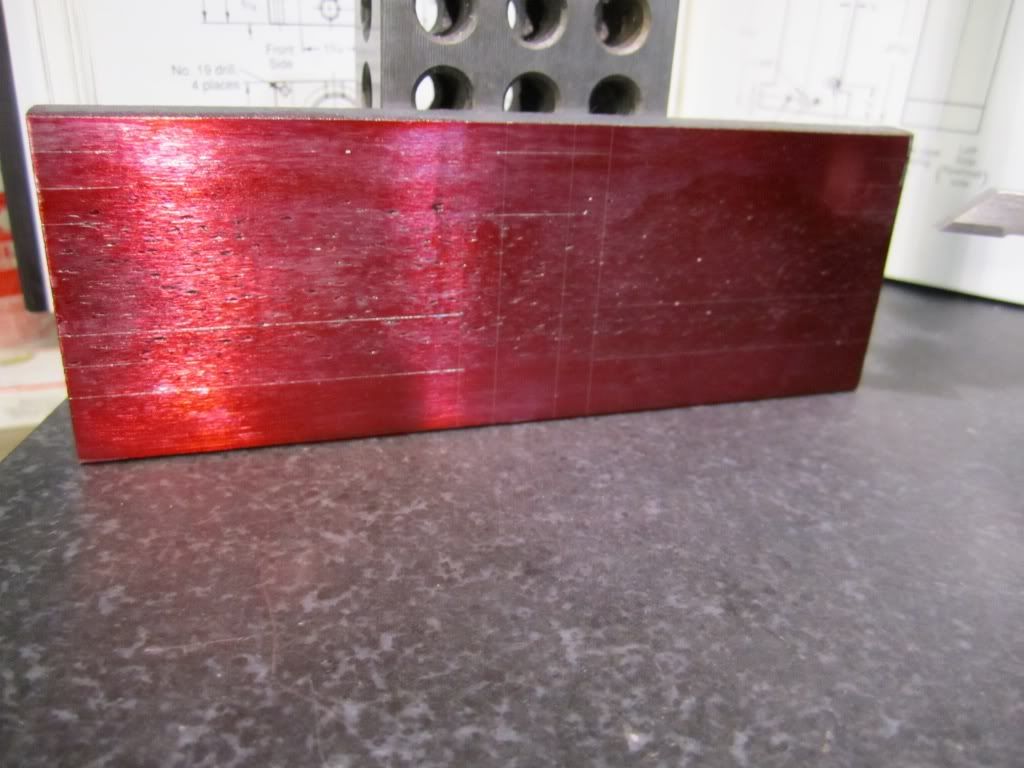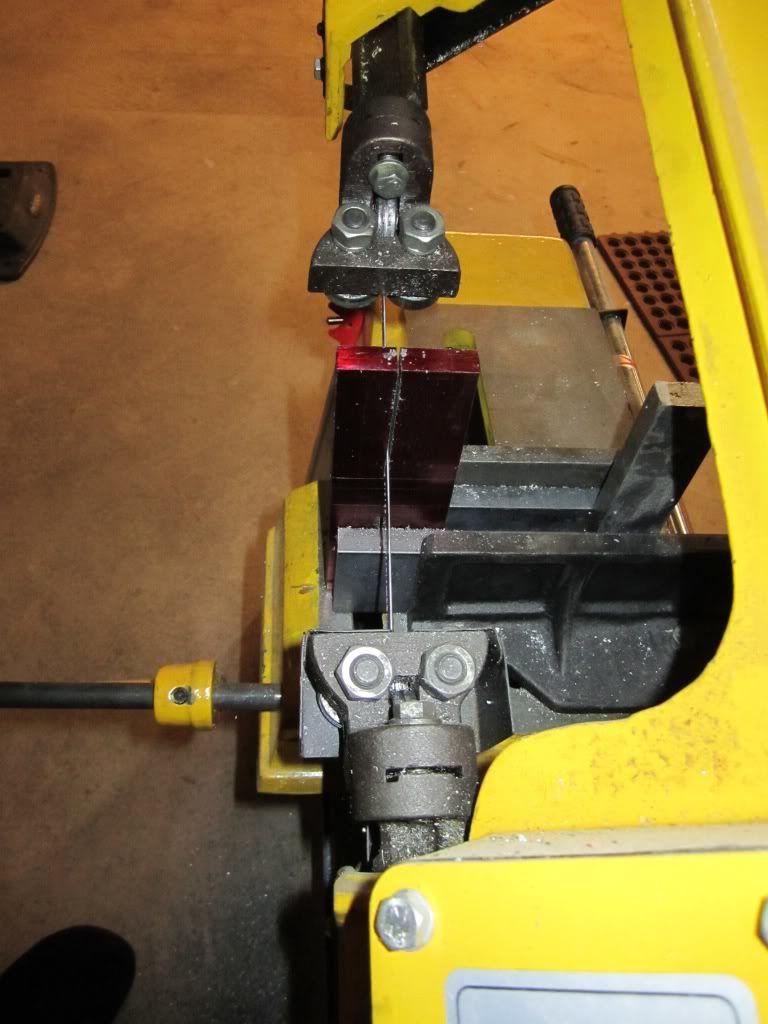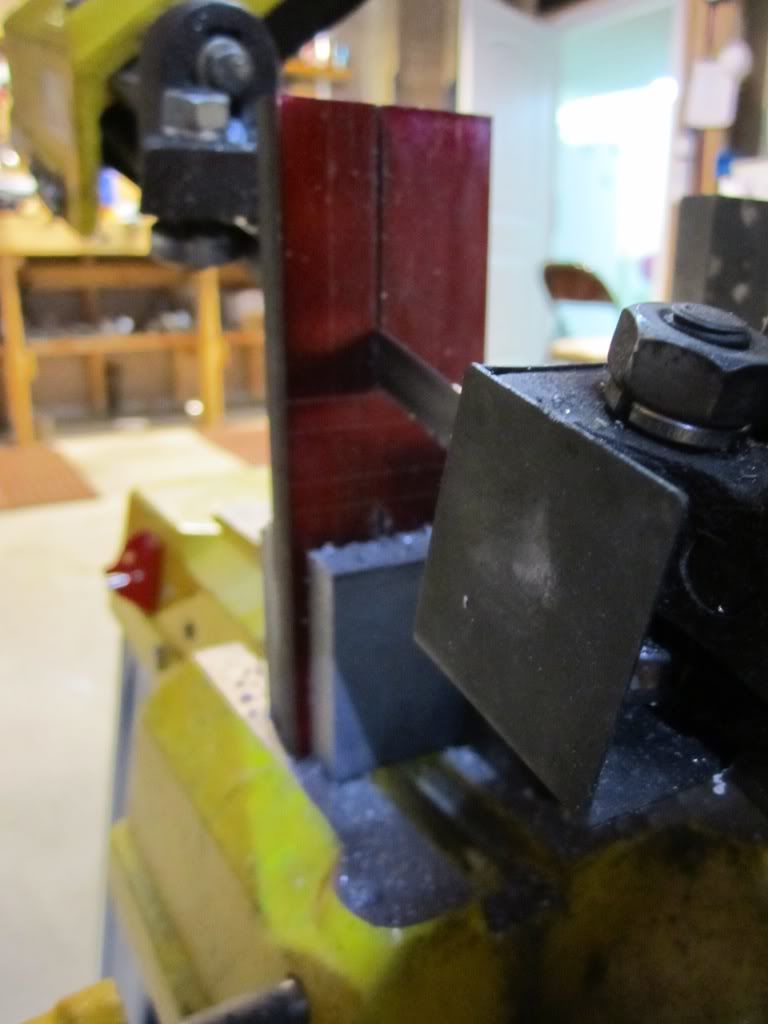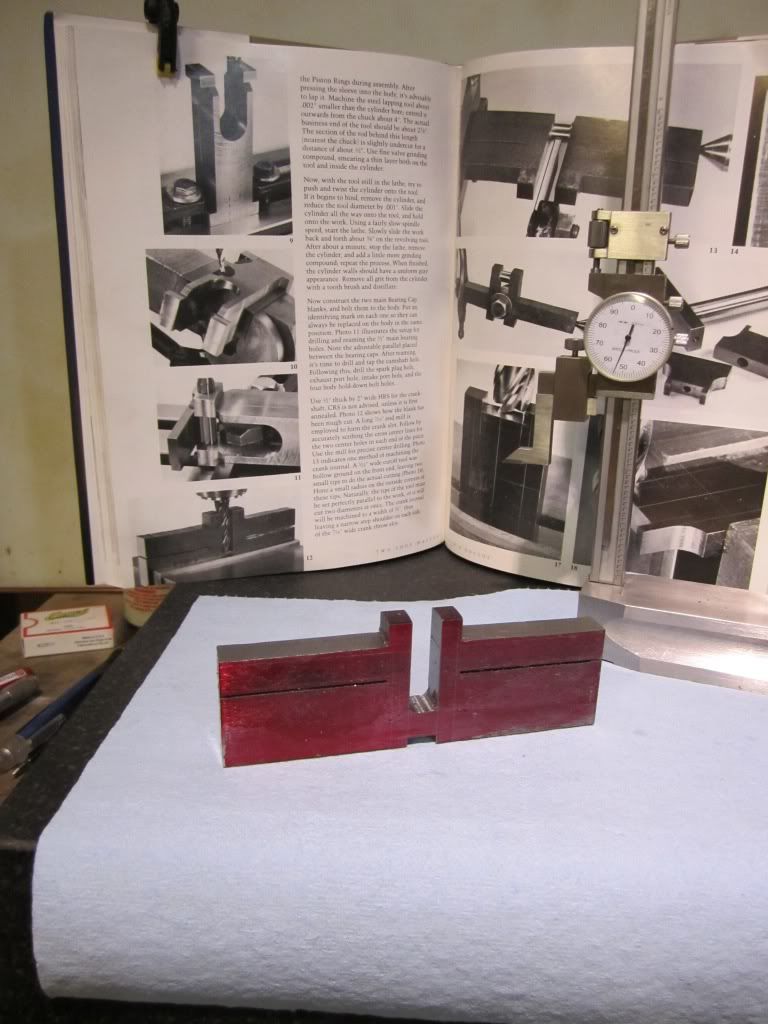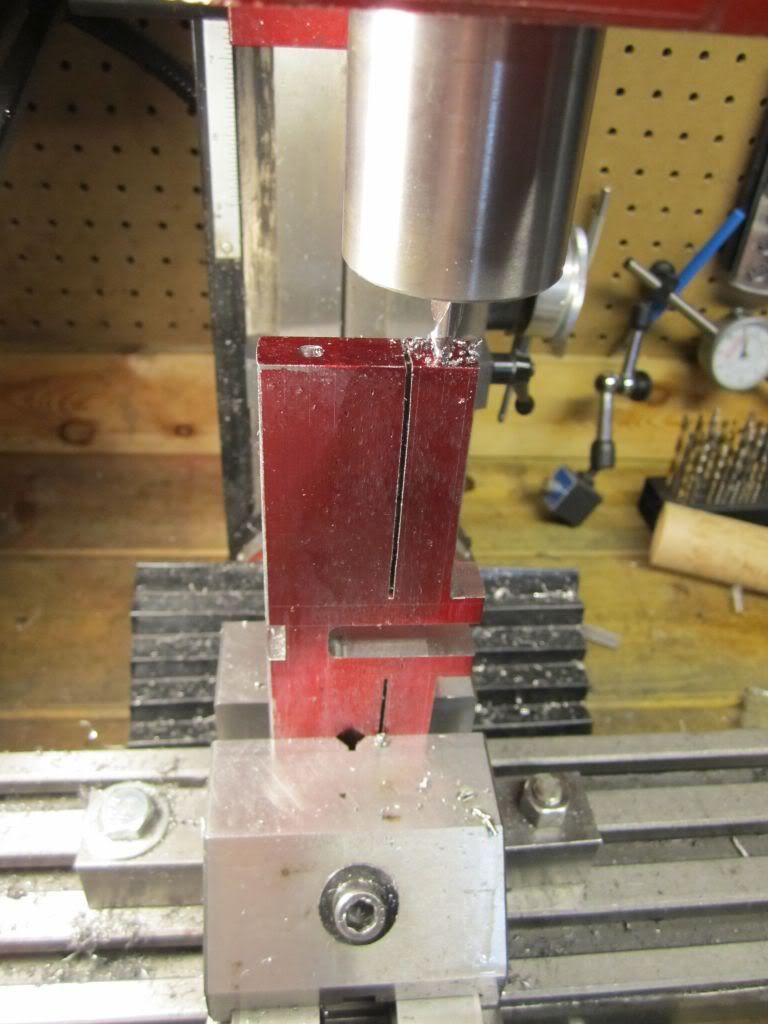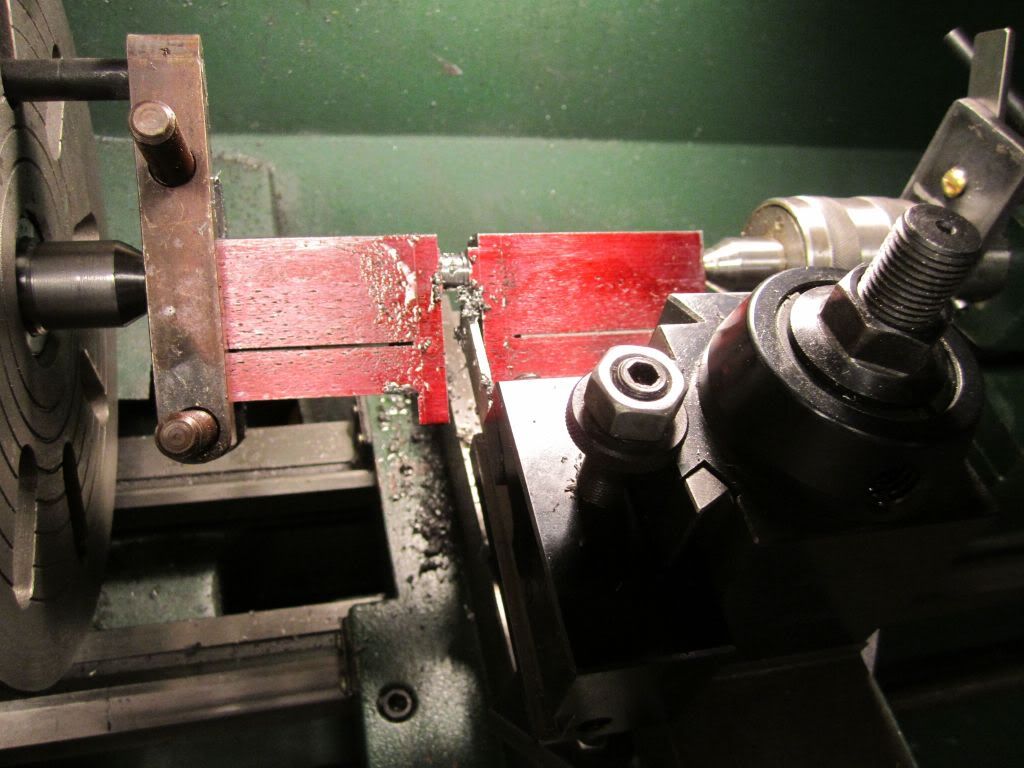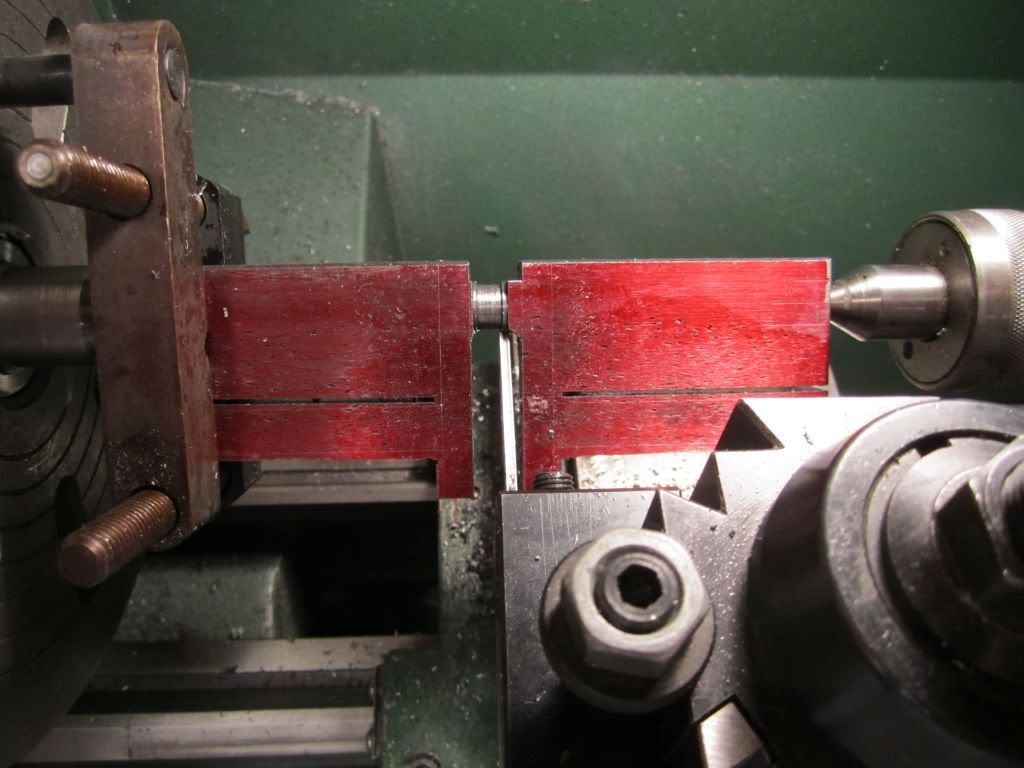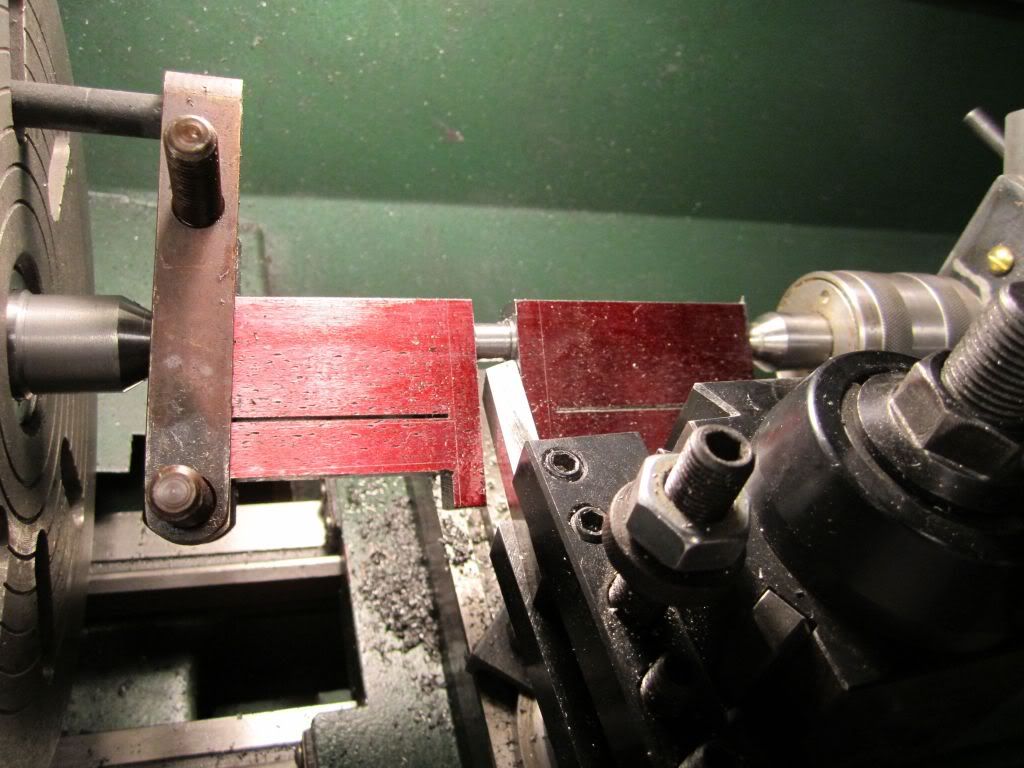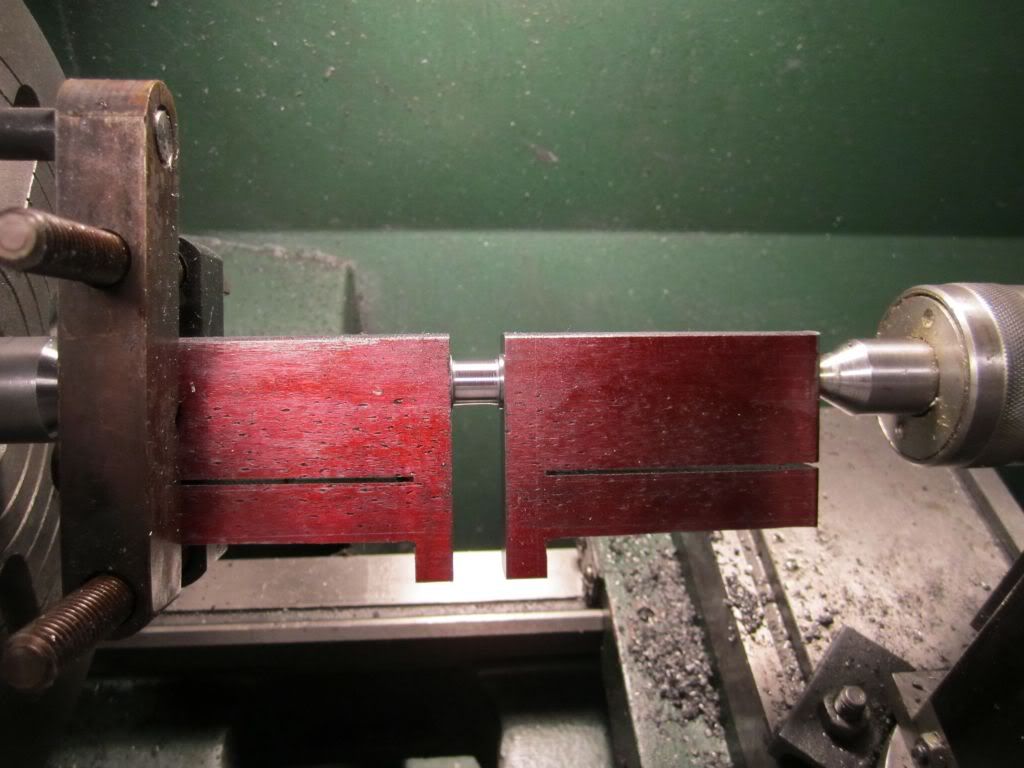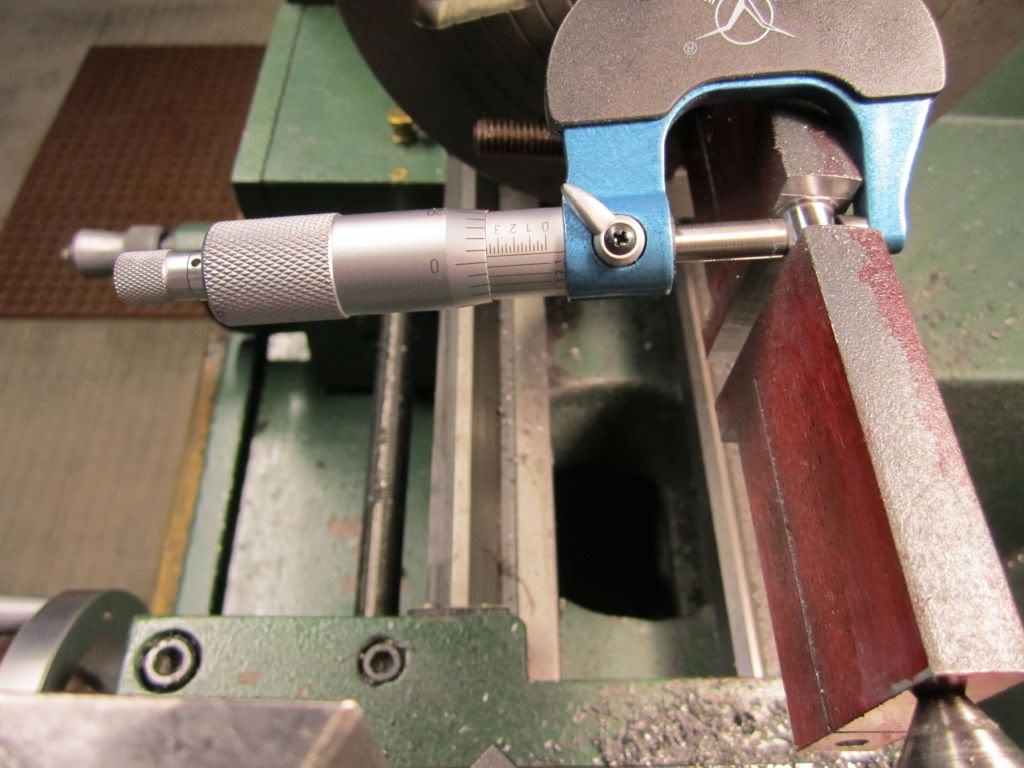Harold Lee
Well-Known Member
- Joined
- Apr 23, 2008
- Messages
- 236
- Reaction score
- 2
On March 20th 2010 in a comment on Captain Jerry's Steam Donkey build blog I mentioned that I wanted to complete my Steam Tractor and a Topsy Turvy before I tackled building a steam donkey (page one comment number eight)... Well that was eighteen months ago and like many others this past year has been a year of dealing with unanticipated issues and challenges which has sidetracked any progress on these projects in my machine shop...
I am also in the process of building a Steam Tractor and have obtained a tremendous amount of instruction from Dennis' build of his steam tractor. On the one hand while I so much appreciated the astounding craftsmanship of his build i was very intimidated by his level of skill and workmanship to the point that I was reluctant to post any of my projects. I am a retired electrical engineer and not a machinist by trade and it has been a hobby for me over a number of years and while I clearly lack the skill of so many on this board, perhaps, like dennis and others, I can provide some encouragement to others. That being said, I have decided to post my build progress of my Topsy Turvy Hit & Miss. I have already completed the base and the body of the engine. The departure I have made from Philip Duclos' plans is using 6061 T6 aluminum instead of CRS. I have built three of his Odds & Ends engines and used 6061 on them as well. They all work very well. I am also considering making this one with two flywheels like another engine displayed on this board. I have not decided if I will construct the flywheels from scratch or use cast iron flywheels from Martin Models. All of the flywheels I used on the other hit and miss engines have been scratch built from 12L14 with very good results.
I will post pictures in my next entry and would really appreciate any tips or comments that will help...
OK Harold... Deep Breath... Here goes... Deep end of the pool...Jump!!!
I am also in the process of building a Steam Tractor and have obtained a tremendous amount of instruction from Dennis' build of his steam tractor. On the one hand while I so much appreciated the astounding craftsmanship of his build i was very intimidated by his level of skill and workmanship to the point that I was reluctant to post any of my projects. I am a retired electrical engineer and not a machinist by trade and it has been a hobby for me over a number of years and while I clearly lack the skill of so many on this board, perhaps, like dennis and others, I can provide some encouragement to others. That being said, I have decided to post my build progress of my Topsy Turvy Hit & Miss. I have already completed the base and the body of the engine. The departure I have made from Philip Duclos' plans is using 6061 T6 aluminum instead of CRS. I have built three of his Odds & Ends engines and used 6061 on them as well. They all work very well. I am also considering making this one with two flywheels like another engine displayed on this board. I have not decided if I will construct the flywheels from scratch or use cast iron flywheels from Martin Models. All of the flywheels I used on the other hit and miss engines have been scratch built from 12L14 with very good results.
I will post pictures in my next entry and would really appreciate any tips or comments that will help...
OK Harold... Deep Breath... Here goes... Deep end of the pool...Jump!!!


































































